The Evidence
If we look prior to the Viking age, we see a host of exceptional plaids. Hulremose had an exceptional plaid from the an Iron Age bog find that is dated to the 2nd century BC. Thorsberg, from the 3rd to 4th century CE has also yielded large, bold plaid textiles.
What we do have, however, is a small selection of woven patterns that show a much smaller scale. Delicate lines comprised of a single thread, or pair of threads, creating a repeating pattern, is much different than their more tartan-like predecessors. I have looked at the mass of articles and books in my collection to see what sort of patterning was used and after eliminating all silks (likely imports) and self-patterning (meaning that the pattern was either a result spin-patterning - using S and Z spun threads in the same textile - or using threads of different grist to weave cloth with a plaid or stripe) I have found the following examples of patterned cloth from the Viking era and in Viking areas:
- Hedeby Graves Linen - Windowpane plaid linen. This type of textile was found in two graves. One was blue with white patterning and the other was red with blue, both of a tabby weave. The patterning was TINY, the white and blue resulted in 4mm checks. These textiles were likely from shirts or serks (underdresses).
- Hedeby Graves Wool - Fragments from a woman's grave VI/1930 were of plaid chevron twill with the bright stripes likely of linen. These checks are only 12mm by 17mm. Thread count is approximately 48Z warp threads per inch by 25Z weft threads per inch.
- Hedeby Graves - Grave S27 had light reddish yellow with darker red striped twill wool fabric has two threads separating bands of twelve threads. The repeat would be approximately 8mm wide and the thread count is exceptionally fine at 96Z warp threads per inch and 50S weft threads per inch. This garment was thought to have been an overtunic.
- Hedeby Harbor - Fragment 84. This item was brought to my attention by Mistress ffride Wlffsdotter and additional translation assistance by Marius Reinecker. This cloth is a high quality twill of very light, nearly translucent woolen fabric. It has a checked pattern of 8-9 reddish brown threads in the warp, followed by as many dark brown. The weft is comprised of 4 bright yellowish brown threads and then 4-5 dark brown.
- Haugen in Rolvsøy had a red and white checked fabric, but I do not have a thread count for this item, but the checks are less than an inch wide. (This plaid is often seen online as the Oseberg ship plaid).
- Birka Wool - Grave 1090. This tabby woven wool has dark red and blue stripes that are 5mm wide. Possibly part of a smokkr (aprondress). Thread count is approximately 45X23 threads per inch.
- Birka Linen - Grave 757. This fragment has a thread count of 51X51 threads per inch and is tabby woven. The patterning is a very tiny plaid of a white thread, 5 blue-green threads, then a red thread, then 5 blue-green (the pattern occurs in both warp and weft).
- Værnes - A grave here yielded a piece of loosely woven and coarse wool in a two colored checkerboard pattern on top of a brooch. (Blindheim, 146-147)
- Dublin Wool - This fabric is red (from a lichen purple) and black in stripes of varying width. I, unfortunately, have no further information on thread count or repeat.
- Oseberg - among the remnants of textiles in this find, there is an even and firmly woven tabby of Z spun tabby in the warp and weft. Thread diameters are .2-.3mm and some of the fragments have traces of red dye, while others show weak traces of a plaid or stripped pattern 1cm wide (colors undetermined). (Christensen and Nockert, p199) (Added 10/13/15)
Additional Finds
- Guddal Tunic - This garment from 11th - 12th century Norway could potentially be out of the Viking era.
- Skjoldehamn Blanket - this heavy, two-tone plaid blanket was part of a find that included an entire costume. There are arguments that this grave could likely be Sami, rather than Norse, which is why I am including it in peripheral finds. It has been dated to the 11th century.
- Elisenhof - this 8th century find from Germany yielded two twills that had stripes of various colors and widths in both the warp and weft. E76 was is quite coarse and was black and brown with 24 threads per inch warp and 20 weft. E414 was red and black with 50 threads in the warp and 24 in the weft. (Weaving diagram images and information update added 3/21/16)
- Striped textile from Gdansk, Poland. Likely 10th-12th century. Source: Kiersnowski - Kiersnowska (1965). Życie codzienne na Pomorzu wczesnośredniowiecznym, p. 104. Thanks to David Stříbrný for sending this one over!
My Thoughts and Process
I do recognize that there are, of course, a couple of issues with looking at historic textiles in terms of color. Often textiles are not analyzed for color, and tests can also come back inconclusive. So there could indeed be more patterned (or even colored) cloth than which we currently can consider. That being said, the sampling we do have is so exceptionally small in terms of the overall volume of finds, that I believe that patterned textiles in this time period were indeed in the minority.
Does that mean that I would never choose to use a plaid or stripe for a new piece in my Viking kit? No, but any purchases I make from this point on will take into consideration that the evidence does show me one clear thing and that is the importance of scale. The stripes tend to be narrow, and the plaids or checks are tiny. Things that read as modern, such as pinstripes, might actually be a much better choice than plaids that would be better suited to a kilt.
Were I to come across a larger, two-tone plaid or check in a heavy fabric, I think it might suit well enough for a cloak or blanket, but I would not choose to use it now as textile for a garment such as a tunic, dress or pants. The larger checks from Haugen in Rolvsøy, which is a coarse textile, as well as the coarse, loose wool from Værnes seem better suited to those types of applications. (And I would, at this point, only look at items with two colors, as seen in those fabrics as well as the Thorsberg and Skjoldehamn cloaks, rather than a plaid of many colors.)
Examples of fabrics I have or will be using, and my current thoughts on the choices, are below so that you can follow along with my thought process on this if you so choose.
And please, if you have evidence of other stripes, checks or plaids, I would absolutely love to see them!!!
To help give a sense of scale, I have included a single page that can be downloaded and printed on 8.5X11 inch paper. This printout should be close enough to the correct size to give a rough sense of scale for these historic plaids.
| plaid_handout_back_page.pdf |
Blindheim, Charlotte. Vernesfunnene og kvinnedrakten i Norden i Vikingtiden, 1945.
Christensen, Arne Emil and Nockert, Margareta. Osebergfunnet: bind iv, Tekstilene (Universitetet i Oslo), 2006.
A.W.Brøgger. "Rolvsøyætten. Et arkeologisk bidrag til vikingetidens historie" _Bergens Museums Aarbok_. 1920-21
Geijer, Agnes. Birka III, Die Textilefunde aus Den Grabern. Uppsala,1938.
Hägg, Inga. Die Textilefunde aus der Siedlung und us den Gräbern von Haithabu (Karl Wachlotz Verlag). 1991.
Hägg, Inga. Die Textilefunde aus dem Hafen von Haithabu (Karl Wachlotz Verlag). 1984.
Pritchard, Frances. "Aspects of the Wool Textiles from Viking Age Dublin", Museum of London.
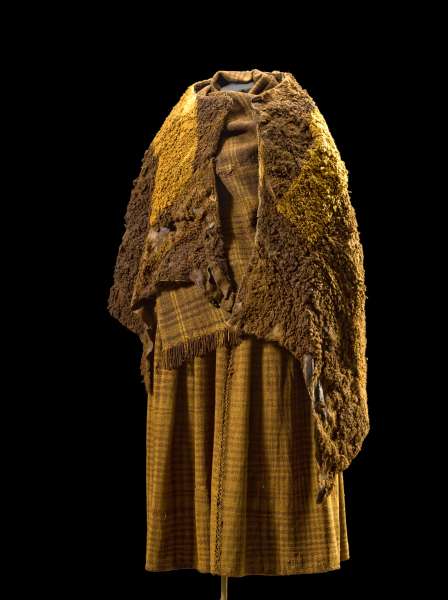
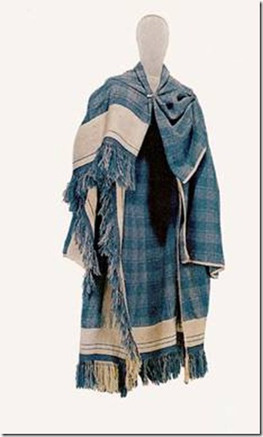
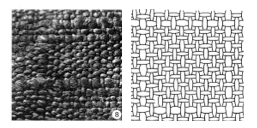
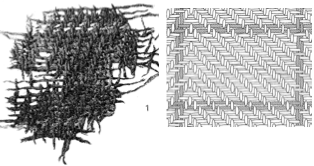
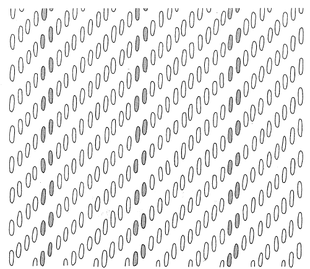

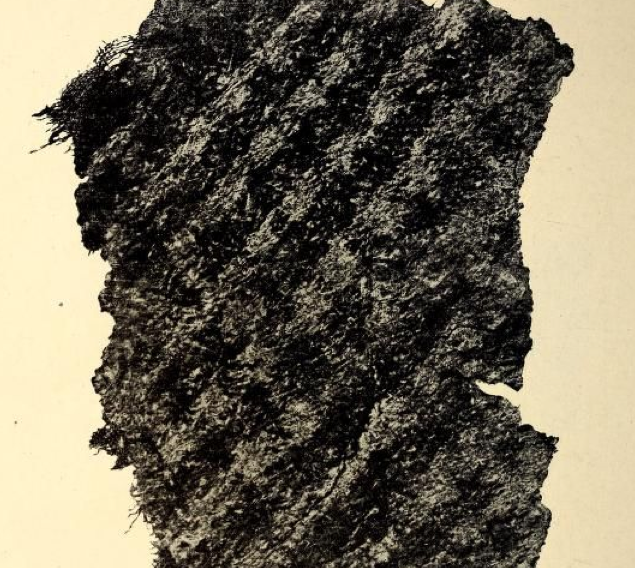
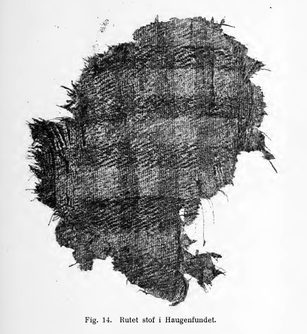
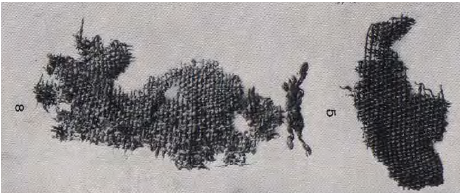
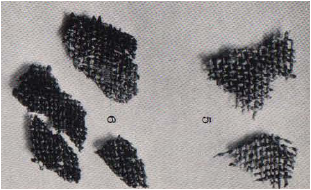
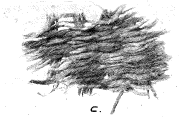
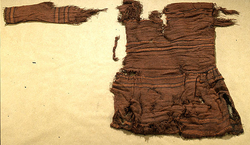
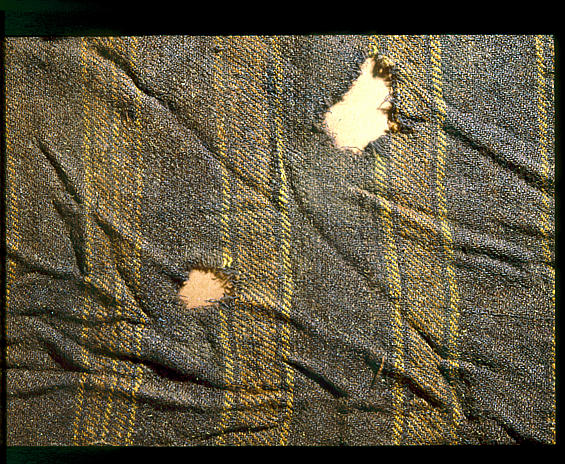
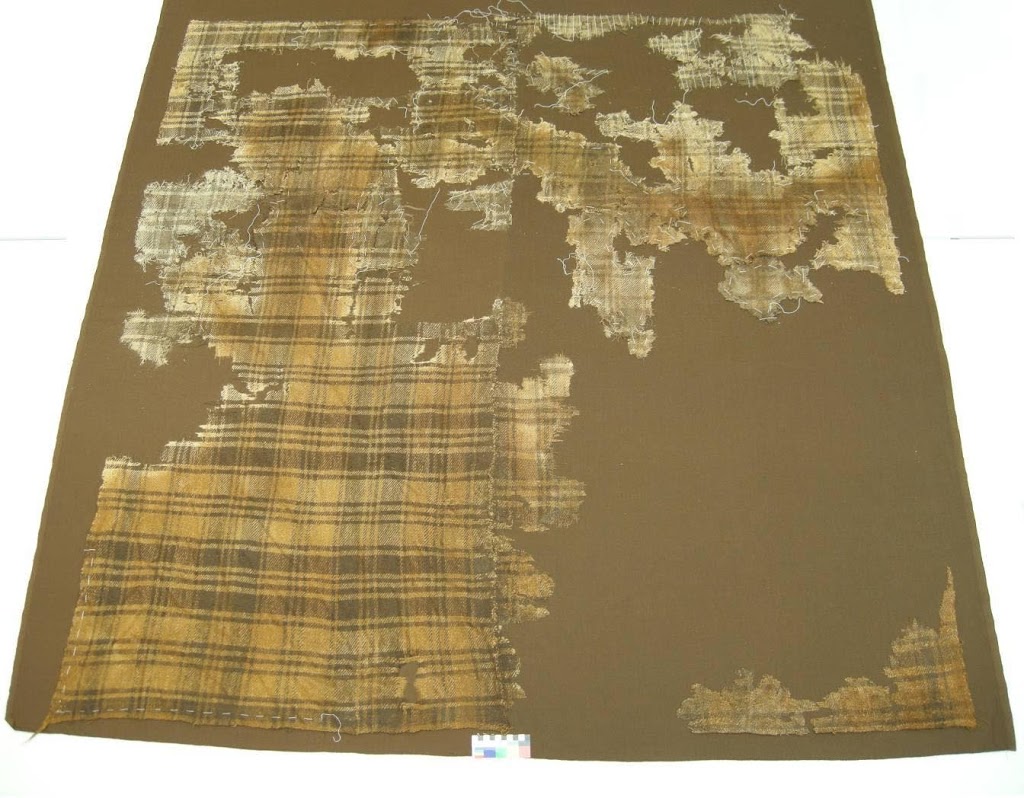
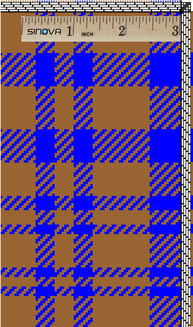
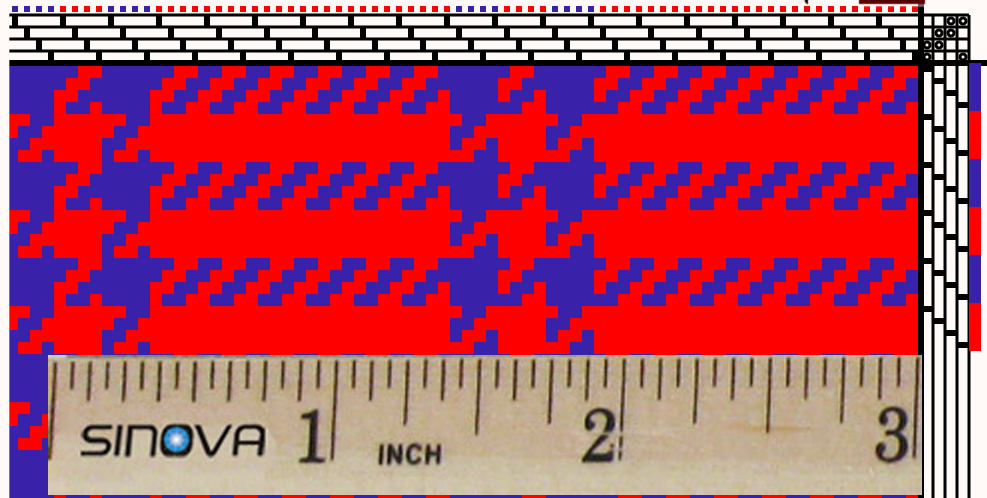
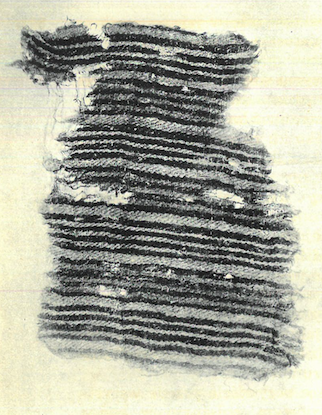
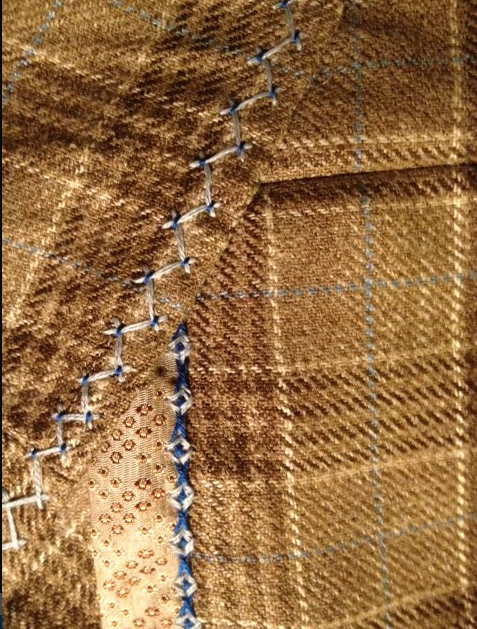
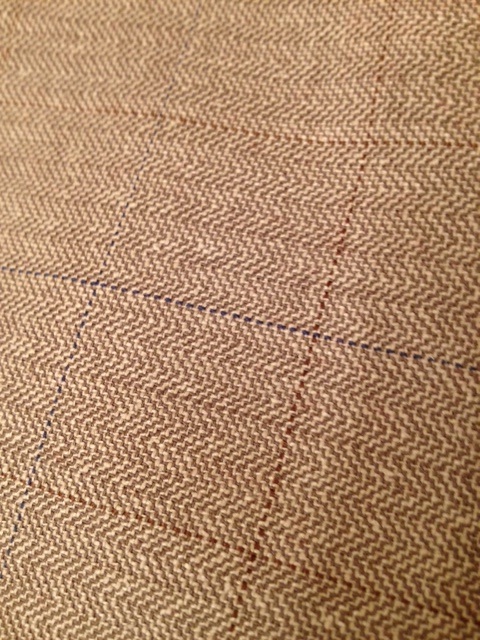
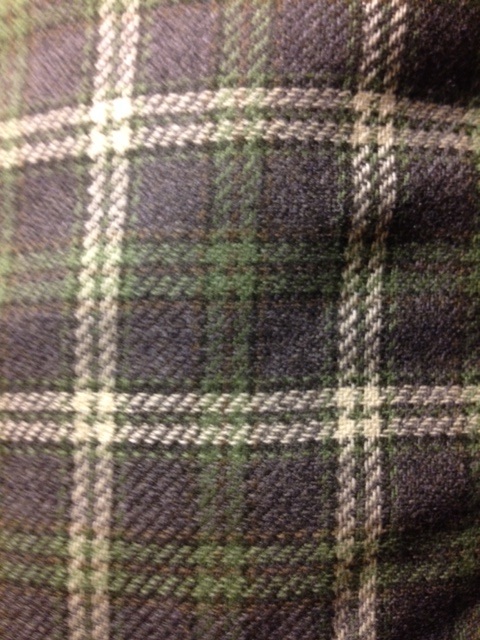
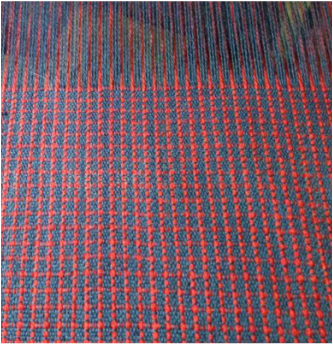
 RSS Feed
RSS Feed